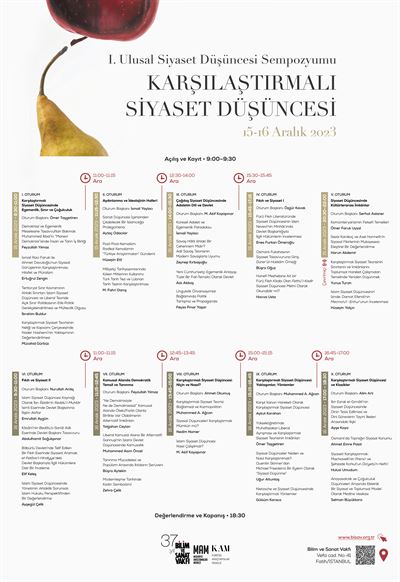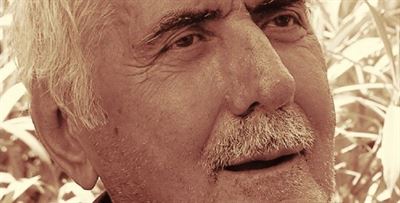
- الصفحة الرئيسية
- مراكز البحوث
- TAM
- ROUNDTABLE MEETINGS
- Diskussions Theses-Articles
- Ottoman Naval Servıces In Red Sea At The Begınnıng Of The XXth Century
TAM ROUNDTABLE MEETINGS
Ottoman Naval Servıces In Red Sea At The Begınnıng Of The XXth Century
Mehmet Korkmaz
21 Mart 2019 Perşembe 17:30 Salon: ŞAKİR KOCABAŞ SALONU
On March 21th 2019, Center for Turkish Studies will host Mehmet Korkmaz* under the discussions theses-articles. Korkmaz will deliver a speech about “Ottoman Naval Servıces In Red Sea At The Begınnıng Of The XXth Century”** based on his thesis.***
"Ottoman Empire initiated military, administrative and economic reforms to solve the problems which were underwent during the nineteenth century such as the loss of territory with the result of incessant wars. Apart from these reforms the empire also wanted to maintain the influence around the Arabian Peninsula. Warships and commercial ships were sent to the peninsula, for the opening of the Suez Channel required to develop a new naval strategy. Some political tensions occurred around the Arabian Peninsula because of Great Britain's hegemonic attempts. This dissertation takes interests in the issues such as Ottoman approach to Persian Gulf, the imperial effort spared to hold in the area and the policy followed to make these aims possible. The purpose of this dissertation is to study the Ottoman naval activities which appeared around the Persian Gulf located in the peripheral basin of the empire between the years of 1847-1917. That is why, as the main actor of the naval policy of the empire the formation, function and the works of Naval Commodoreship of Basra (Basra Bahriye Kumandanlığı) are stated. The missions of the commodore were to protect people around the coastal areas of Basra from the foreign threats via navy vessels and to administer the arsenal at the city in which hundreds of people were employed. "
* Dr.,
** PhD Thesis, University of Istanbul, 2018
*** The speech will be conducted in Turkish.
İLGİLİ YUVARLAKMASALAR
SEMINARS

As the most traditonal activity of BISAV, the courses take place in every fall and spring of a year.
MORE INFO












































